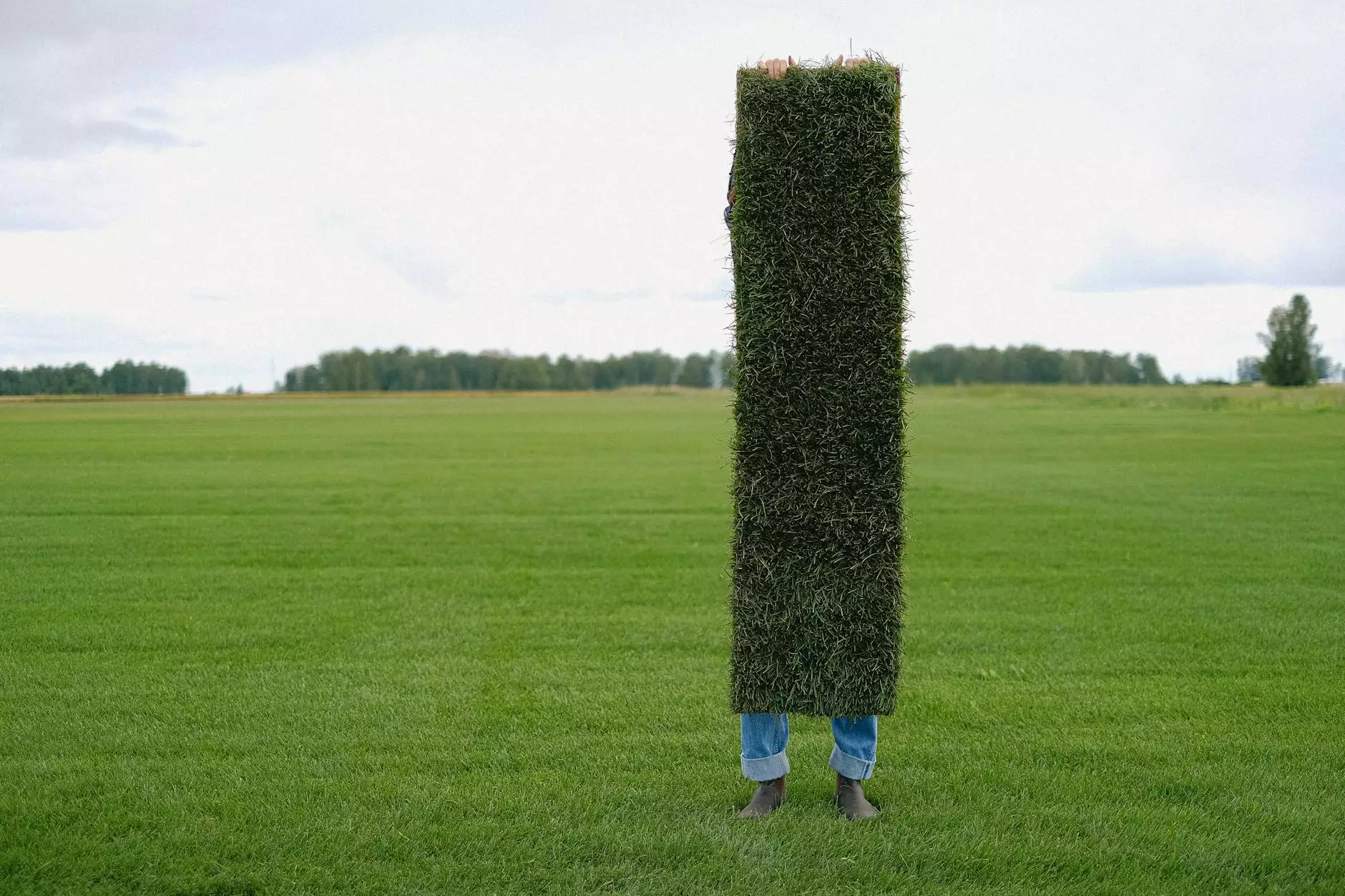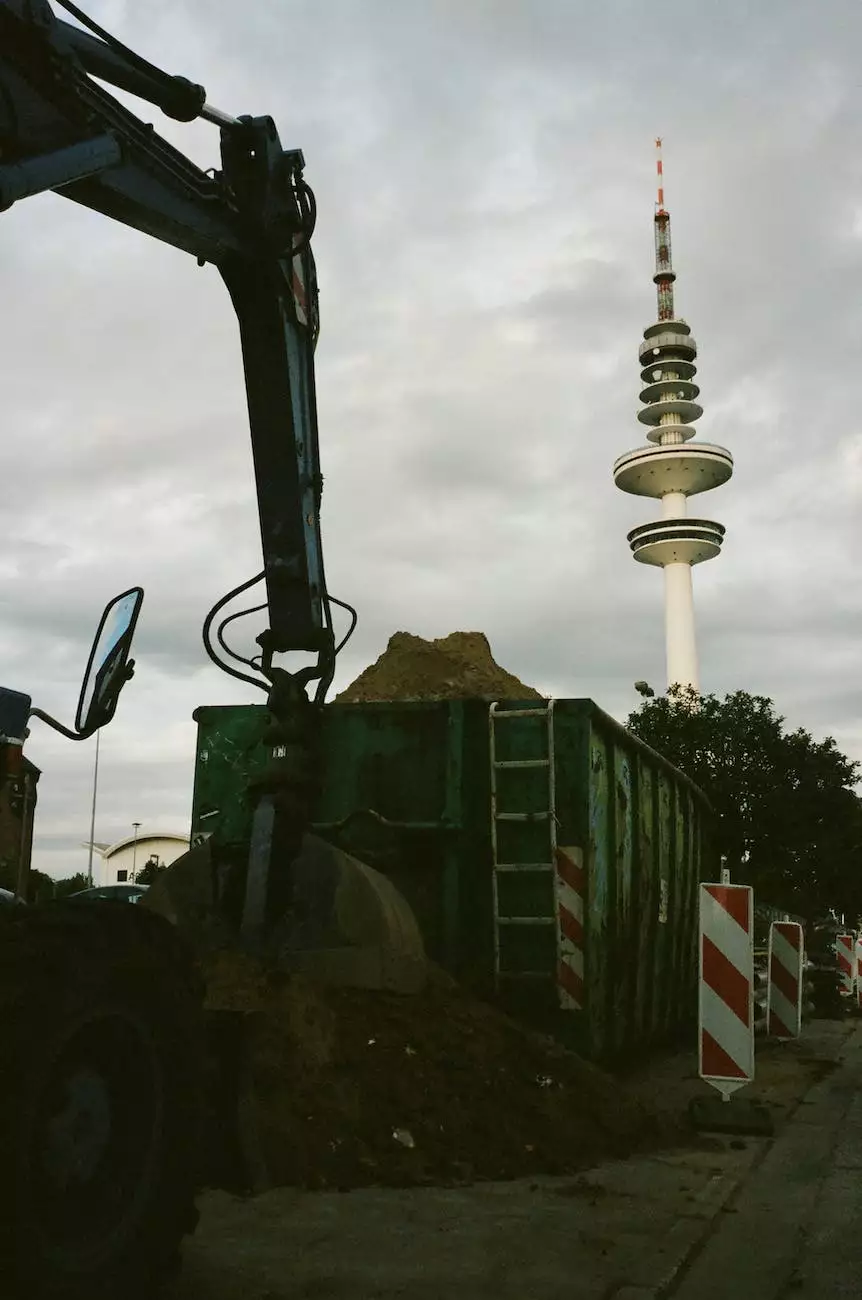How to Fix 10 Common Lawn Problems

1. Brown Patch Disease
Brown Patch Disease is characterized by circular areas of brown, dead grass in your lawn. To combat this issue, first, identify the problem by examining the affected areas closely. If it is indeed Brown Patch Disease, treat it with a suitable fungicide. Additionally, ensure that you are not overwatering your lawn as this can promote fungal growth. Regular mowing and proper fertilizer application can also help prevent future outbreaks.
2. Weed Infestation
Weeds can quickly take over your lawn and hinder its overall appearance. To get rid of them effectively, start by manually removing the existing weeds. You can use a hand trowel or a weed puller tool for this task. Next, apply a pre-emergent herbicide to prevent new weed seeds from germinating. Regularly mow your lawn to keep the grass at a healthy height, which helps prevent weed growth. Consider overseeding the lawn to further discourage weed infestations.
3. Insect Infestation
Insects such as grubs, chinch bugs, and armyworms can cause significant damage to your lawn. To address insect infestations, use an appropriate insecticide according to the type of pest. Be sure to follow the instructions provided by the manufacturer. Implement proper lawn maintenance practices, such as regular watering and fertilization, to promote overall lawn health. This can help prevent future insect infestations.
4. Bare Patches
Bare patches can be the result of various factors, such as heavy foot traffic, pet urine, or inadequate lawn care. To fix bare patches, start by loosening the soil in the affected area. Apply topsoil to improve the soil quality and promote healthy grass growth. Spread grass seeds over the bare patches and gently rake them into the soil. Water the area regularly and keep it moist until new grass starts to grow. Avoid heavy traffic on the repaired area until the grass becomes fully established.
5. Patchy Growth
If your lawn has uneven growth or thin spots, it is essential to address the underlying issues. Start by testing the soil to determine if any nutrient deficiencies are hindering growth. Adjust the soil pH levels and apply the appropriate fertilizers to promote balanced growth. Consider aerating your lawn to improve root development and ensure better nutrient absorption. Regularly mow the grass at the recommended height to encourage even growth.
6. Moss Invasion
Moss can invade lawns in shaded or damp areas, often indicating poor drainage or acidic soil. To eliminate moss, first, improve the drainage in the affected areas by aerating the lawn and removing any excessive thatch. Adjust the soil pH by applying lime if it is too acidic. Reseed the areas with suitable grass varieties that are tolerant of shade. Regularly monitor the shaded spots in your lawn and address any issues promptly to prevent moss from returning.
7. Fungal Diseases
Fungal diseases, such as powdery mildew or rust, can cause discoloration and damage to your lawn. Proper cultural practices such as regular mowing at the correct height, avoiding overwatering, and providing adequate airflow can help prevent fungal diseases. If you notice signs of fungal infection, apply a fungicide as directed to control the spread. Remove and dispose of any infected grass clippings to prevent further contamination.
8. Excessive Thatch Buildup
Thatch is a layer of dead grass, roots, and other organic matter that accumulates between the lawn and the soil surface. Excessive thatch buildup can prevent nutrients, air, and water from reaching the grass roots. To reduce thatch, regularly aerate your lawn to promote decomposition. Overseed with grass varieties that produce less thatch. Avoid excessive fertilizer application, as it can contribute to thatch buildup. Consider dethatching if the accumulation becomes significant.
9. Poor Drainage
Poor drainage can lead to water pooling on your lawn, causing damage to the grass roots. To improve drainage, first, identify the areas prone to pooling. Correct any grading issues that may obstruct proper water flow. Consider installing drainage pipes or French drains to redirect excess water away from the lawn. If the soil is excessively compacted, aerate to improve its ability to absorb water. Choose grass varieties that are tolerant of damp conditions.
10. Dull and Yellowing Grass
If your grass appears dull and yellow, it could be a sign of nutrient deficiencies or improper pH levels in the soil. Start by conducting a soil test to identify any deficiencies. Adjust the pH levels by applying the recommended amendments, such as lime or sulfur. Provide balanced fertilization based on the specific nutrient requirements of your grass type. Regularly water your lawn, ensuring it receives adequate moisture to maintain healthy growth.
By addressing these common lawn problems promptly and following proper maintenance practices, you can transform your lawn into a vibrant, healthy oasis. For expert advice and assistance in maintaining a beautiful home garden, trust Oasis Landscapes & Pools, your go-to partner in the Home and Garden industry.




